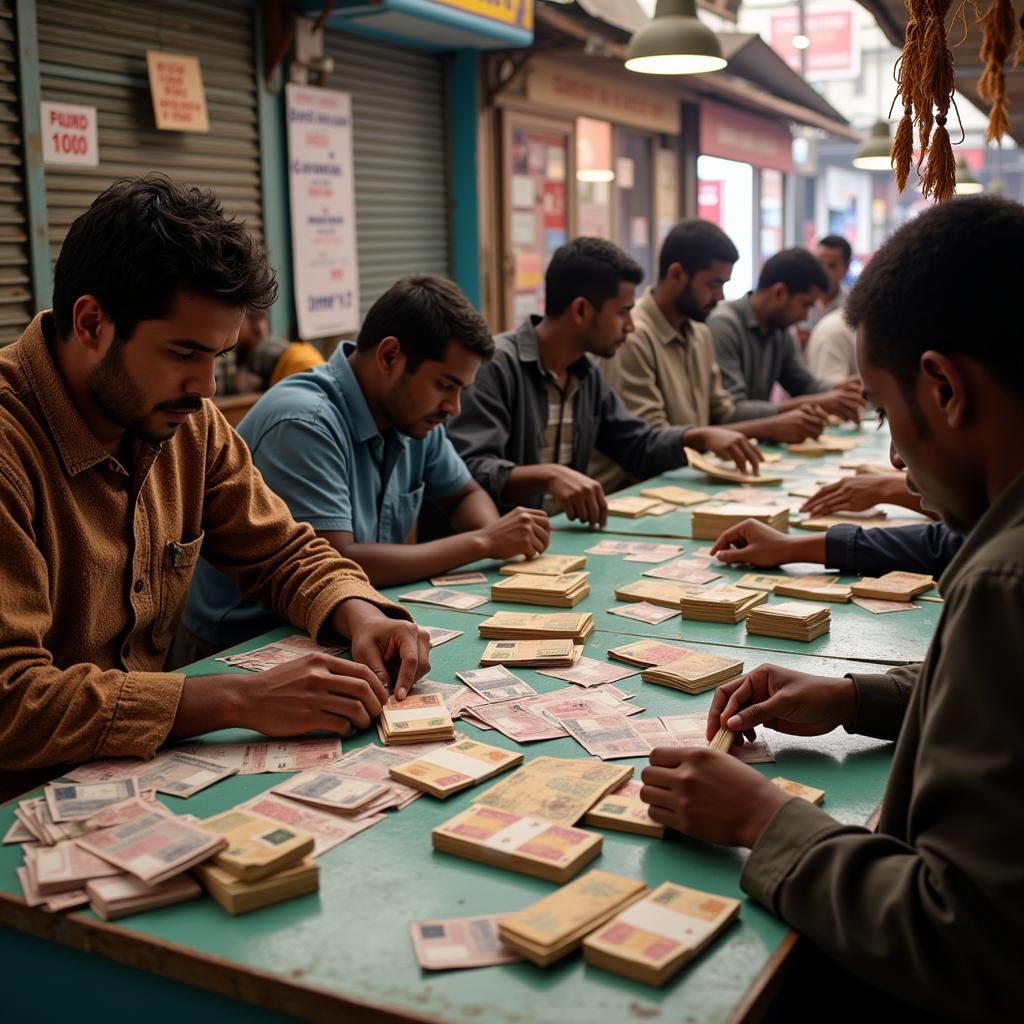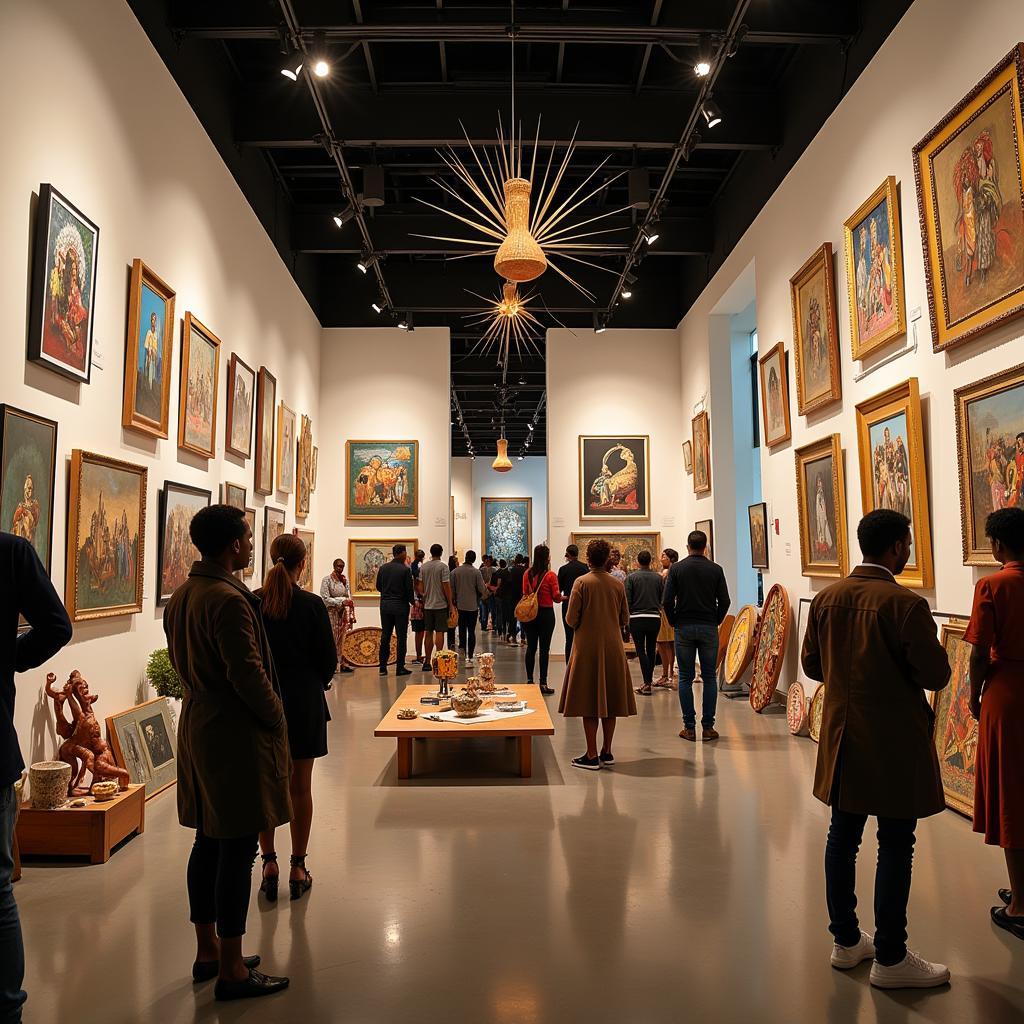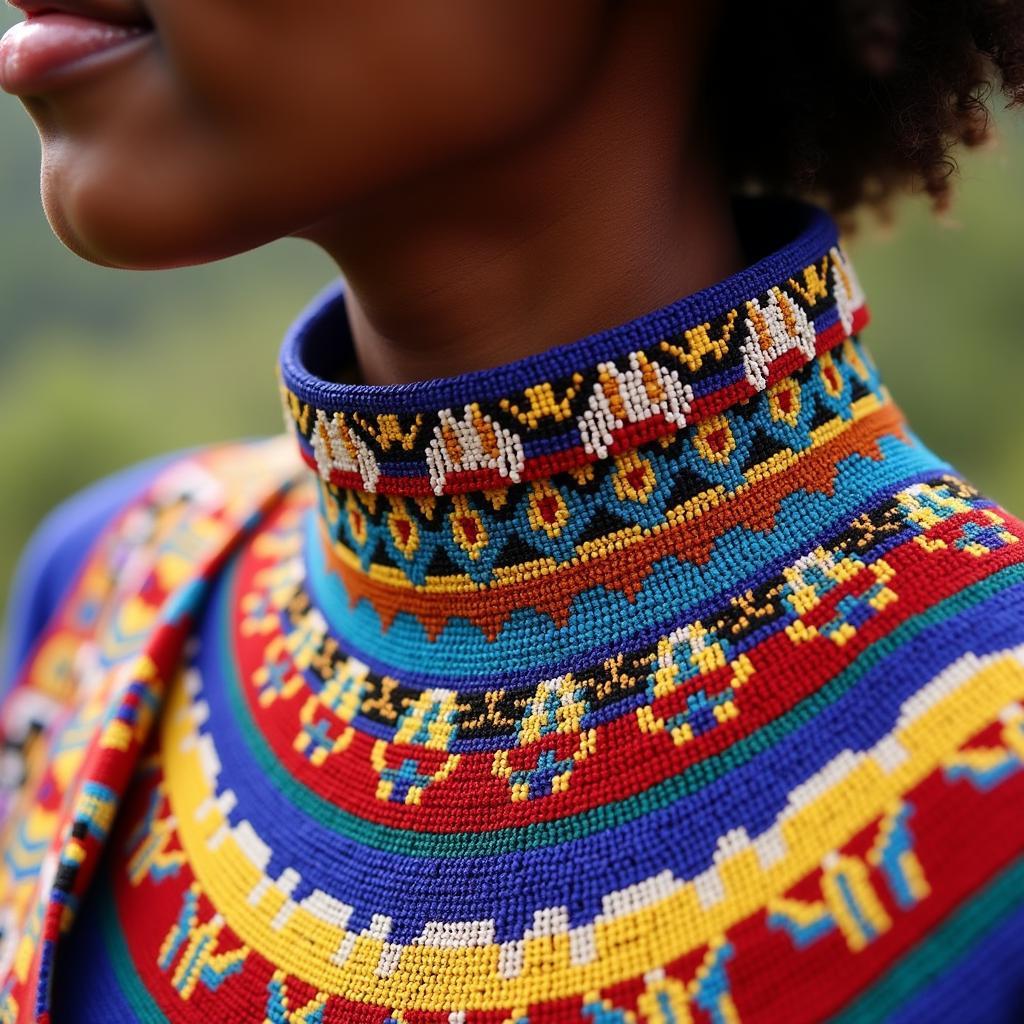African Christmas Decorations: A Festive Blend of Traditions
Africa is a continent known for its vibrant cultures and diverse traditions. Christmas is a special time in many African countries, and it is celebrated with a unique blend of religious customs, cultural practices, and local festivities. One aspect of this celebration that shines brightly is the use of unique and beautiful decorations.
This article will explore the fascinating world of African Christmas Decorations, diving into the symbolism, materials, and inspirations behind these festive ornaments. We’ll journey across various regions, discovering how African communities infuse their traditions into the Christmas spirit, creating a visual feast of colors, textures, and cultural expressions.
Unveiling the Spirit of African Christmas Decorations
While the traditional Christmas decorations, such as trees, ornaments, and lights, are widely adopted in many African countries, local communities often bring their own cultural flair to the festivities. This infusion of traditional aesthetics creates a truly unique and captivating experience, showcasing the beautiful tapestry of African art and culture.
The Power of Colors and Symbolism
Colors play a significant role in African Christmas decorations, often reflecting cultural significance and symbolic meanings. Vibrant hues like red, gold, green, and blue are commonly used, representing prosperity, joy, life, and peace. These colors are incorporated into various decorative elements, from colorful ribbons and garlands to vibrant fabrics used for wrapping gifts and decorating homes.
Natural Materials and Local Craftsmanship
African Christmas decorations are often crafted from natural materials that reflect the continent’s rich biodiversity. Traditional crafts like weaving, carving, and pottery come alive during the holiday season, creating stunning decorative pieces that celebrate the beauty of nature and showcase local artistry.
From Local Crafts to Festive Ornaments:
- Wooden Carvings: Intricate wooden carvings depicting animals, plants, or symbolic figures are a common sight in many African homes during Christmas. These carvings add a touch of traditional artistry and serve as unique ornaments.
- Beadwork: Beads are an integral part of African culture, and during Christmas, they are often used to create beautiful garlands, ornaments, and festive tablecloths. These intricate beadwork designs reflect the vibrant colors and patterns found in African textiles and adornments.
- Basket Weaving: Baskets woven from natural materials like grasses, bamboo, or reeds are traditionally used for storage and transportation. During Christmas, these baskets are often adorned with festive colors and patterns, serving as decorative elements and gift baskets.
- Pottery: Ceramic pottery, a staple of African art, is often used to create decorative bowls, vases, and other ornaments that add a touch of handcrafted beauty to festive settings.
Regional Variations in African Christmas Decorations
Across the diverse regions of Africa, local traditions and cultural influences shape the unique expressions of Christmas decorations. Let’s explore some specific examples:
South Africa: A Blend of Cultures
South Africa boasts a vibrant mix of cultural influences, including African, European, and Asian traditions. Christmas decorations in South Africa often feature a blend of these cultures, reflecting the country’s diverse heritage.
The African Influence: In South Africa, you might find decorations incorporating elements of traditional African art and crafts, such as beaded garlands, woven baskets, and colorful fabrics.
The European Influence: European influences are evident in the use of Christmas trees, ornaments, and lights. However, these elements are often combined with traditional African patterns and colors, creating a unique fusion of styles.
The Asian Influence: The Asian influence on South African Christmas decorations is reflected in the use of lanterns, paper decorations, and other festive elements borrowed from East Asian cultures.
West Africa: A Symphony of Colors and Textures
West African Christmas decorations are known for their vibrant colors and rich textures. Festive hues like red, gold, and green are often used, reflecting the joyous spirit of the season.
The Role of Fabric: Fabrics are a prominent feature in West African Christmas decorations. Brightly colored fabrics are used for draping over walls, creating festive backdrops for celebrations. These fabrics often incorporate traditional African patterns and motifs, adding a touch of cultural richness.
The Use of Natural Materials: Natural materials are also extensively used in West African Christmas decorations. Palm leaves are often woven into decorative wreaths, garlands, and other festive ornaments, adding a natural touch to the celebrations.
East Africa: Celebrating Tradition and Community
East Africa boasts a rich tapestry of cultural traditions, and these influences are reflected in the way Christmas is celebrated.
The Importance of Family and Community: Christmas in East Africa is primarily celebrated with family and community gatherings. Decorations reflect this focus on togetherness, often incorporating elements that represent shared traditions and cultural heritage.
The Use of Local Crafts: East African Christmas decorations often feature handcrafted items like woven baskets, beaded ornaments, and intricately carved wood carvings. These decorations showcase the talent and artistry of local craftspeople, further highlighting the importance of tradition and community.
The Beauty of African Christmas Decorations: Beyond the Ornament
African Christmas decorations are not simply decorative elements; they are powerful symbols that represent a deep connection to tradition, culture, and community.
- A Reflection of Cultural Identity: These decorations serve as visual reminders of the rich tapestry of African cultures and traditions, bridging the past with the present.
- A Celebration of Creativity: The vibrant colors, intricate designs, and handcrafted artistry behind these decorations showcase the incredible creativity and skill of African artisans.
- A Symbol of Unity and Togetherness: Decorations are often crafted and shared within families and communities, strengthening bonds and fostering a sense of collective joy.
Conclusion
African Christmas decorations offer a captivating glimpse into the vibrant cultures of the continent. Beyond their visual beauty, these decorations embody the spirit of tradition, creativity, and community. They showcase how Africans infuse their cultural heritage into the holiday season, celebrating Christmas with a unique blend of religious customs and local festivities. By embracing the artistry and symbolism of African Christmas decorations, we can gain a deeper appreciation for the rich diversity and vibrant expressions of the continent’s cultural heritage.
FAQs
1. What are some popular African Christmas decorations?
Some popular African Christmas decorations include woven baskets, beaded garlands, wooden carvings, colorful fabrics, and ceramic pottery.
2. What are the main colors used in African Christmas decorations?
Vibrant colors like red, gold, green, and blue are often used, symbolizing prosperity, joy, life, and peace.
3. How do African Christmas decorations vary across regions?
Decorations can vary across regions due to different cultural influences, traditions, and available materials. For example, West African decorations often feature vibrant fabrics and palm leaves, while East African decorations may incorporate woven baskets and beaded ornaments.
4. What is the significance of using natural materials in African Christmas decorations?
Using natural materials reflects the continent’s biodiversity and connects the celebration to the environment. It also highlights local craftsmanship and traditional practices.
5. What are the key takeaways from this article?
African Christmas decorations represent a fusion of religious customs, cultural practices, and local festivities. They showcase the continent’s rich tapestry of cultures, celebrate creativity, and symbolize unity and togetherness.



